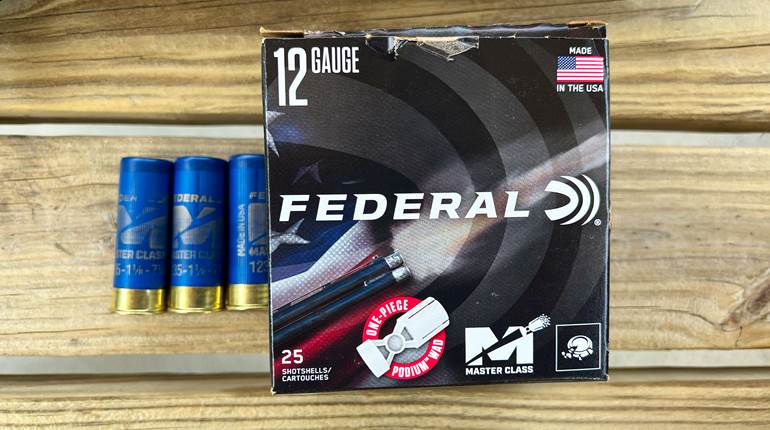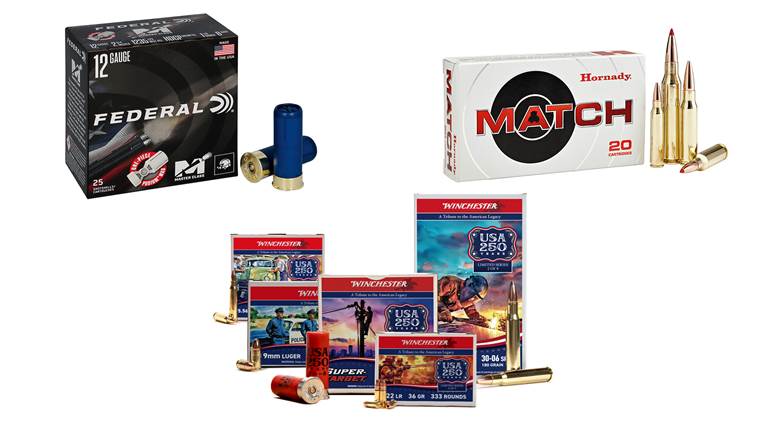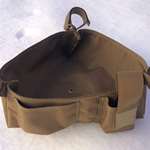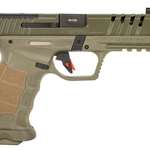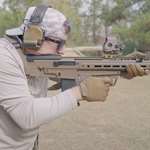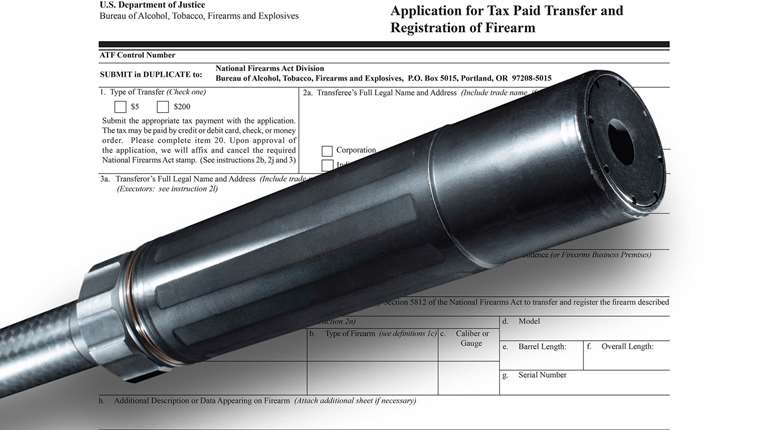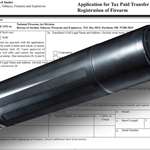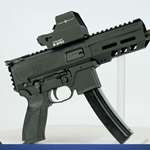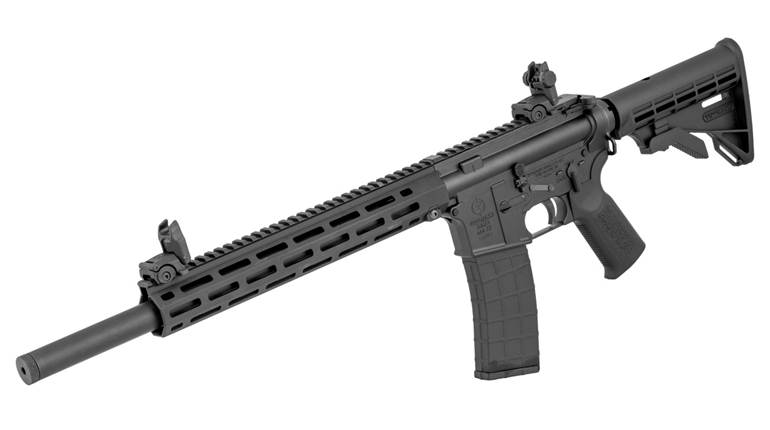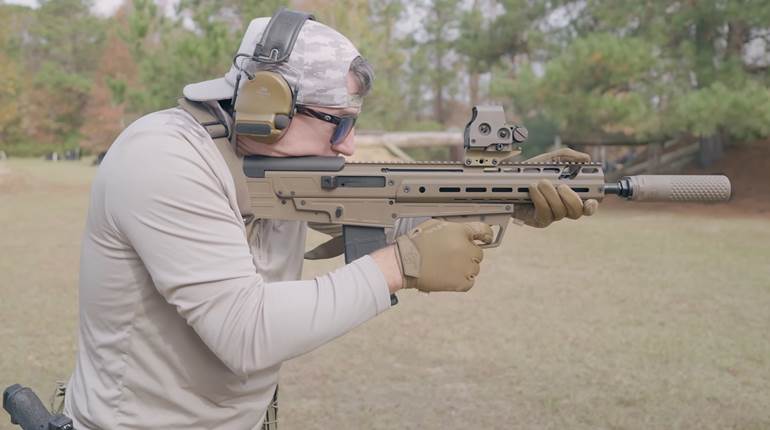
Trying to explain why there has been a prolonged shortage of ammunition is like attempting to understand why people line up outside stores in anticipation of Nike launching its latest basketball shoe or Apple its latest iPhone. A run on a product-or in this case an entire category of products-is the result of a perfect storm of factors. So, for some much-needed perspective, let’s begin with the big picture.
First, we need to see if demand has indeed outpaced supply. Privately owned corporations aren’t in the habit of giving out sales and precise manufacturing figures for their competitors to peruse, so I contacted the National Shooting Sports Foundation (NSSF), the trade association representing manufacturers of firearms, ammunition and related products. However, as ammunition made and sold wasn’t much of an issue in the past, the NSSF only recently began tracking ammunition production. Nevertheless, there is another way to understand the trend in ammunition sales. There is good historical data showing how much excise tax on ammunition has been paid annually. (Every time you buy a box of shotgun shells or rifle cartridges you pay an excise tax that was established in 1937 when Congress passed the Pittman-Robertson Act.)
Before getting into the numbers, it should be noted that tax revenue raised over time isn’t a perfect way to measure the sale of a category of products. For example, the prices of some premium ammunition have outpaced inflation. Also, commodity prices for copper and other metals over the past few years have generally risen, causing prices to rise for ammunition even faster.
Nevertheless, the tax figure is a useful way to understand overall sales trends.
So let’s look at the numbers. In 2000 the U.S. Department of the Interior reported that excise taxes on ammunition generated $68 million, whereas in 2012 that figure was $207 million. With inflation taken into account, that’s approximately a 129 percent increase in 12 years. A lot of that growth has taken place in the past few years. Between 2007 and 2012 excise tax money generated from ammunition sales almost doubled from $108 to $207 million. Tax dollars from ammunition sales were stable from the mid-1990s through 2006, but then started to climb fast as gun sales began surging.
To understand what $207 million represents, it’s helpful to know that in 2012 the NSSF estimated the size of the consumer rimfire, center-fire and shotshell market at about 9.5 billion shells and cartridges. That includes U.S. production in addition to imports minus exports. Last October the NSSF predicted there would be more than 10 billion cartridges and shells made for the American consumer market in 2013 as manufacturers attempt to keep pace with consumer demand.
Obviously this massive increase in demand has made it difficult for ammunition makers to keep up. Can you imagine what would happen if the demand for your other favorite products doubled in five years? Wouldn’t they likely be more expensive and harder to find? Also, ammunition production can be difficult to increase quickly because it takes investment in expensive machinery and additional personnel to increase production. Making more ammunition also requires companies to purchase more raw materials in a competitive and international marketplace. Manufacturers also must worry about overinvesting in a market bubble and thereby getting caught overextended in coming months or years.
Those are just some of the dilemmas facing manufacturers. Meanwhile, some gun owners have been speculating that this supply-and-demand problem is related to large government purchases. A few people have even hypothesized that the Obama administration might see reducing the ammunition supply via massive government buys as a clever way to enact gun control. After all, a government that would let guns be sold in U.S. gun stores to known straw purchasers so they could be illegally taken across the border with Mexico to arm drug gangs in a not-so-clever crime-fighting technique (if you believe that official explanation) seems capable of anything.
Are Government Contracts Eating Up Supplies?
Concerns from gun owners have been so loud there was even a congressional hearing. At the hearing in April 2013, Rep. Jason Chaffetz (R-Utah), who chairs one of the House oversight subcommittees, noted that the Dept. of Homeland Security (DHS) is using more than 1,000 rounds of ammunition more per person than the U.S. Army. “It is entirely ... inexplicable why the Department of Homeland Security needs so much ammunition,” said Chaffetz.
Chaffetz noted that DHS bought more than 103 million rounds in 2012 and used 116 million that same year for about 70,000 public employees. Chaffetz said the DHS is consuming between 1,300 and 1,600 rounds per person, while he estimated that the U.S. Army goes through only about 350 rounds annually per soldier. Of course, anyone who has ever shot a machine gun knows that 350 rounds per soldier is a pretty tightfisted way to train people to shoot automatic arms. But then U.S. Army personnel train for a long list of job responsibilities, many of which have little to do with small arms. The deeper you look the more you realize that comparing the DHS to the U.S. Army is hardly an apples-to-apples comparison.
The DHS is a massive umbrella agency that includes more than 70,000 law-enforcement personnel across multiple agencies and more than 40,000 uniformed members of the military in the U.S. Coast Guard. The ammunition the DHS buys is used to support law-enforcement operations as well as routine qualifications and training for U.S. Customs and Border Protection, the U.S. Secret Service, the Transportation Security Administration and many other federal entities.
Nevertheless, worries spread in some circles on the Internet when it was reported that the DHS had a contract for a maximum of 450 million rounds of .40-cal. jacketed hollow-points to be supplied during the next five years. Rep. Lynn Westmoreland (R-Ga.) investigated the contract and published a press release noting that, given all the agencies DHS buys for, “450 million rounds really isn’t that large of an order.” Westmoreland’s staff calculated that if the “DHS were to purchase all 450 million rounds over 5 years, then that would equate to only about 1,384 rounds of ammunition” per year per law-enforcement officer and so on.
Some nevertheless wondered why the DHS needs hollow-point ammunition. The answer, says DHS, is simply that hollow-points are the defensive ammunition of choice. A little reporting shows this is certainly the case for federal, state and local law-enforcement officers-as well as for many private citizens.
Sen. Tom Coburn (R-Okla.), meanwhile, asked the DHS for a breakdown of how much it spends on ammunition per agency and how much it uses annually (see table, opposite). The answers Coburn received deflated gun owners’ worries about government malfeasance. The DHS noted that it buys in bulk to save money, but overall its purchases have actually gone down. In 2010 the DHS purchased 148,314,825 rounds. In 2011 the DHS bought 108,664,054 rounds. And in 2012 the DHS purchased 103,178,200 rounds of ammunition.
When I contacted the DHS for any update on these figures, Marsha Catron, a DHS spokesperson, answered: “DHS routinely establishes strategic sourcing contracts that combine the requirements of all its components for commonly purchased goods and services such as ammunition, computer equipment and information technology services. These strategic sourcing contracts help leverage the purchasing power of DHS to efficiently procure equipment and supplies.”
Ammunition manufacturers back up the DHS’ explanation. For example, Federal Premium Ammunition, which has 1,400 employees making ammunition in Anoka, Minn.-some for federal contracts-published a statement saying that the rumor DHS is “buying excessive quantities of ammunition, thereby restricting availability to the commercial market,” is a “false and baseless claim.” Federal Premium says, “The Department of Homeland Security contract makes up a very small percentage of our total ammunition output. This contract is not taking ammunition away from civilians. The current increase in demand is attributed to the civilian market. Our production volumes on government contracts have been stable since the mid-2000s.”
How Ammunition Makers Are Responding
The increased demand has prompted ammunition makers in the United States to expand facilities, add new shifts and streamline production. Federal Premium says, “Our facilities operate 24 hours a day. We are continually making process improvements to increase our efficiency and investing in capital and personnel where we have sustained demand. We are bringing additional capacity online again this year.”
As it works to catch up with demand, Federal posted a statement on its website saying, “We are currently experiencing high demand for our products. We appreciate your patience and support and remain committed to serving all of our customers, from hunters and sport shooters to those who protect our country and our streets.”
Winchester Ammunition’s official answer is: “Like many manufacturers in the shooting sports industry, we are experiencing an extremely high demand for our products. We are working as hard as we can to produce an increased supply of quality ammunition to meet our customers’ needs.”
Scott Blackwell, president of Freedom Group, an American firearm manufacturer holding company that includes Remington, Bushmaster and DPMS, said, “Most of the ammunition we make at Remington goes to the consumer market. Our supplies, therefore, haven’t been affected by government contracts. It’s clear to us that any lack of supply in the marketplace has been from consumer demand for our quality products. To meet this increased demand we’re investing and growing.”
Last fall Remington Arms Co. announced that it will spend $32 million to expand its Remington Ammunition Plant in Lonoke, Ark. The expansion includes the construction of a new building, which is projected to be in operation by the second quarter of 2014.
Steve Hornady, president of Hornady Ammunition, told AmericanRifleman.org: “We’re working as hard as we can to get as much out as possible … . People walk into the store, they don’t see as much as they want so they take everything they can get. The next guy who comes in can’t get anything, so he panics … . But there is no government conspiracy.”
There has certainly been price gouging by enterprising individuals as some people buy up all they can find so they can resell the ammunition over the Internet. Also, as Hornady noted, a lot of gun owners are simply stockpiling when they can to avoid future problems. Those are classic occurrences in a run on any popular product.
Why Has Demand Gone Up?
There are now more than 5 million women participating in the shooting sports, an increase of 46.5 percent since 2001, according to the NSSF. The number of gun owners in America surpassed 100 million a few years ago and all indicators show it is still growing. More gun owners means more ammunition being shot. Also, as the most popular firearms being sold in recent years have been semi-automatic handguns and rifles, it only makes sense that these gun sales would lead to more ammunition being purchased and shot.
There are a lot of other numbers tracking the growth of gun sales and gun ownership that have led to more ammunition sales. For example, July 2013 was the 38th straight month that the number of background checks called into the National Instant Criminal Background Check System (NICS) increased when compared to the same month the previous year.
Not every background check results in a sale, but NICS numbers are a good indicator for overall gun sales. Over the 10-year span from 2002 to 2011 there was a 54.1 percent rise in the number of NICS checks. In both 2009 and 2010 there were about 9.5 million NICS checks; in 2011 the number grew to 10.7 million; in 2012 it surged to 13.7 million; and as of this writing it looked like the number of NICS checks would break the annual record again in 2013.
You can also see this trend reflected in the number of concealed-carry permits in the United States. The number of people with concealed-carry permits has grown from fewer than 1 million in the mid-1980s to 6.8 million by the end of 2012, according to the NSSF. This increase has certainly resulted in the sale of more handgun ammunition.
There are a lot of other statistics charting the growth in gun sales and gun ownership. In sum, ammunition makers have determined that the increase in demand isn’t just a market bubble, which is why they have been aggressively investing. As this was being written there was still ammunition rationing taking place at some ranges and gun stores and there were still empty shelves in some areas, but most stores have been reporting that the crisis is diminishing as ammunition manufacturers catch up with demand.
It’s worth mentioning one silver lining to this surge in sales as a parting thought. As previously noted, every time someone buys a box of ammunition they’re paying a tax. This excise tax must be used for wildlife conservation projects, gun ranges and other such outdoor-related programs as mandated by the law. The revenue also must be sent to the states for these purposes-the federal government can’t use these funds except for some administrative purposes. So that $207 million raised from ammunition sales in 2012 is benefitting state wildlife departments, your gun ranges and more.














